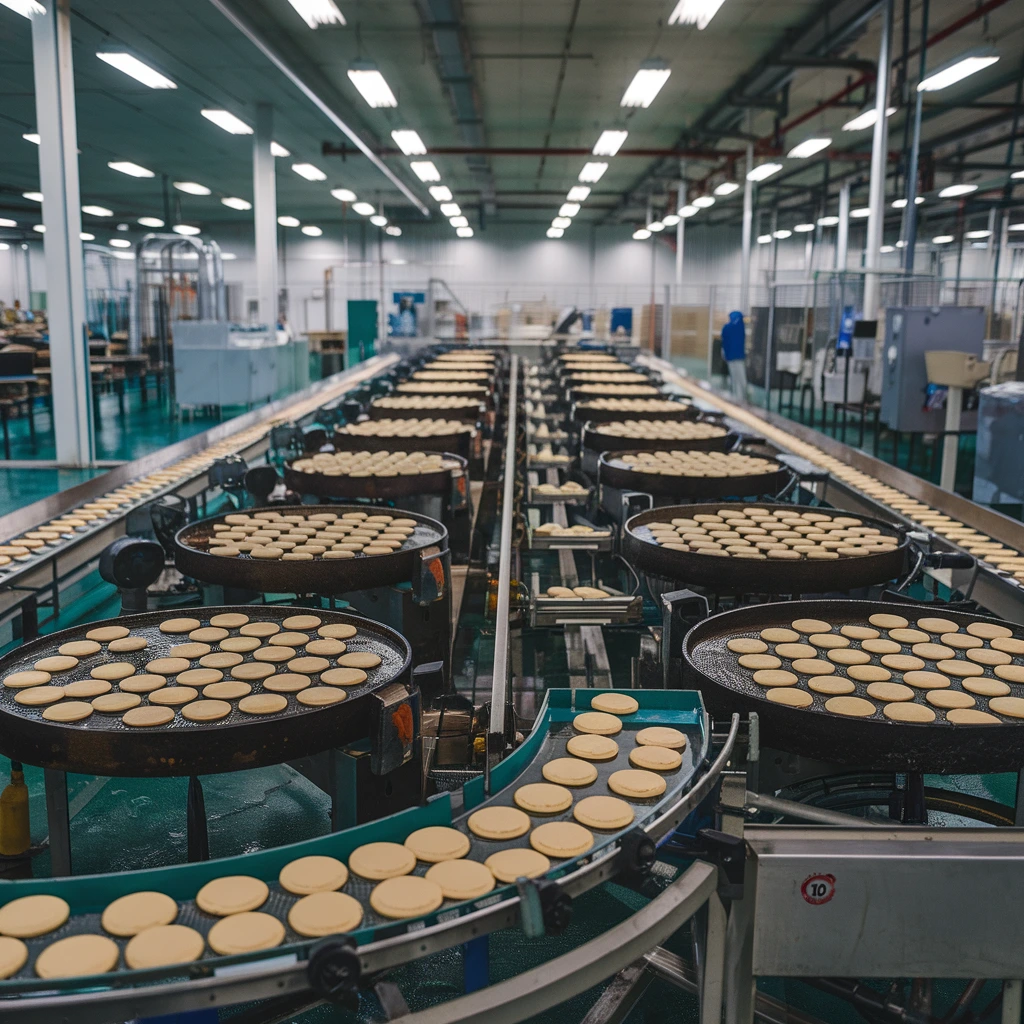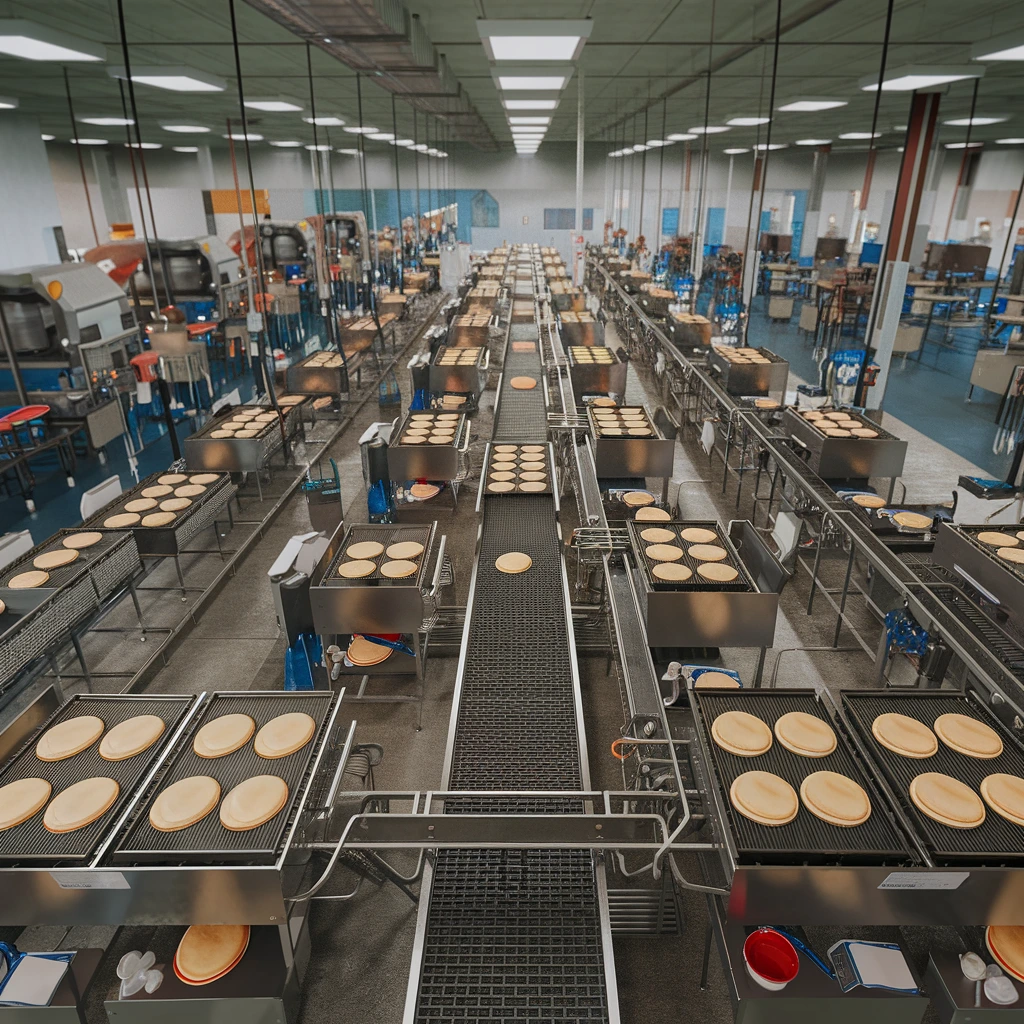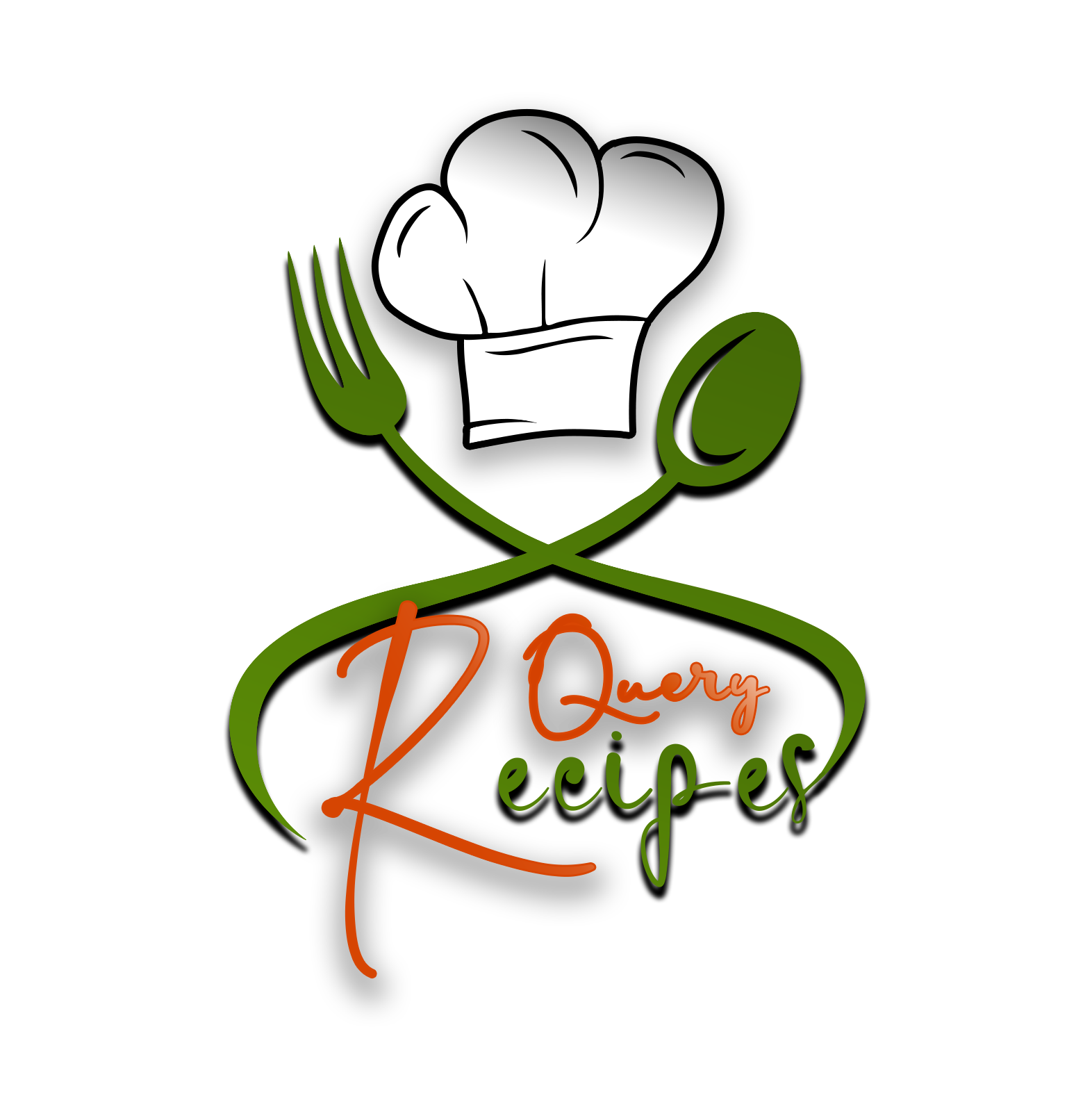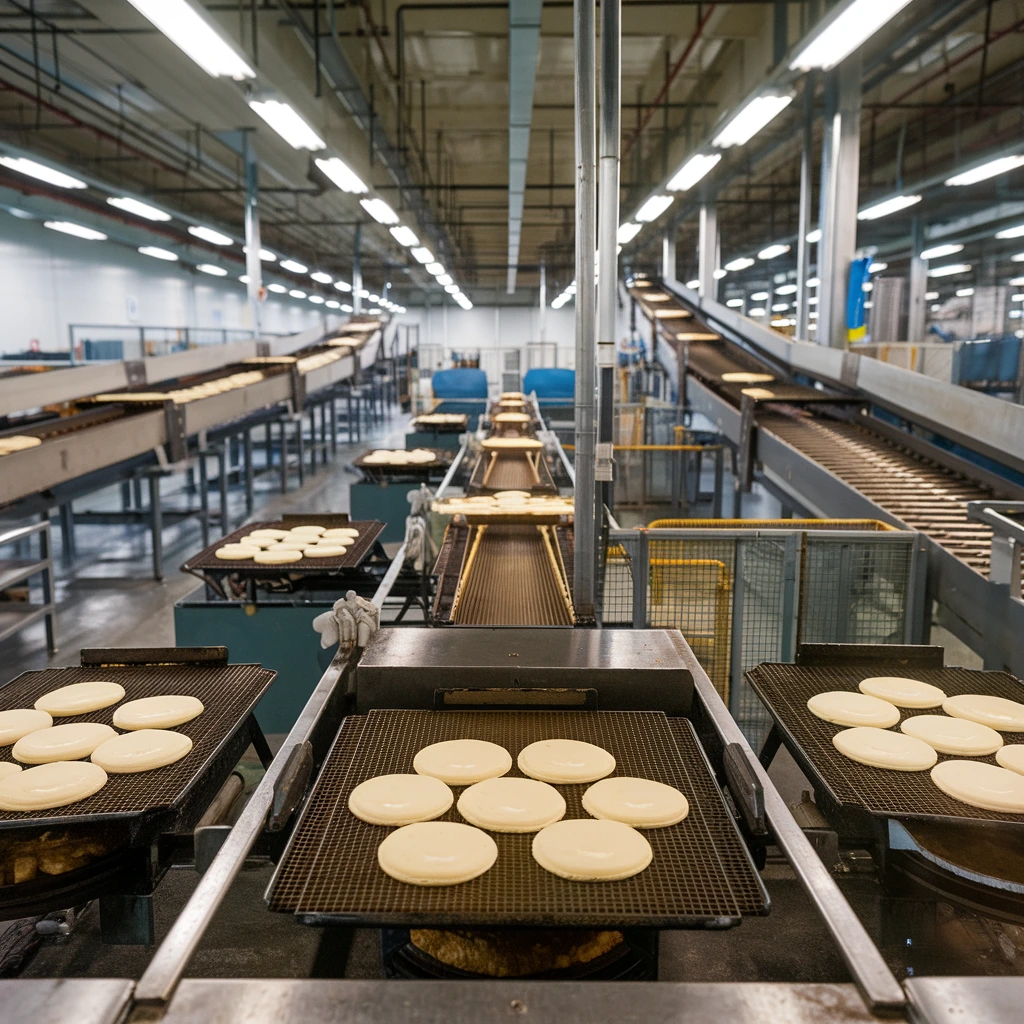The world of pancakes has evolved beyond simple breakfast food to become an entire pancake factory industry, where efficiency and mass production meet the art of crafting delicious, fluffy pancakes. Running a pancake factory is a blend of smart business decisions, quality control, and innovative production techniques. With the rise of consumer demand for convenient and tasty pancake options, factory owners need to focus on delivering a high-quality product while optimizing the production process.
Learn more about the history of pancakes on Wikipedia.
Just like in the world of cake decoration, where deciding between DIY or professional cake toppers can affect the final outcome, the success of your pancake factory heavily depends on the tools and processes you choose. Explore the difference between DIY and professional cake toppers here to see how the right choices can make all the difference in both industries.
If you’re considering starting your own pancake factory or just want to learn about the inner workings of this booming business, you’ve come to the right place. In this post, we’ll dive into the secrets behind running a successful pancake factory, from production lines to packaging and everything in between. Let’s get started!
Key Elements of Running a Successful Pancake Factory Business
Building a Profitable Pancake Factory Business Model
To run a successful pancake factory, it’s crucial to start with a solid business model. This involves not just producing delicious pancakes, but ensuring the entire operation is streamlined for profitability. Begin by understanding your target market: Are you focusing on wholesale supply for restaurants and retailers or direct consumer sales through retail or food service? Your pricing strategy needs to reflect production costs, distribution methods, and competitive pricing. Additionally, you’ll need to decide on a business structure that fits your growth goals (e.g., a small family-owned business or a large-scale factory). Developing a business plan that outlines key factors such as product variety, profit margins, and sales channels will give you a roadmap to follow.
Understanding Market Demand in the Pancake Factory Industry
Before you start producing pancakes, understanding market demand is essential for success. This involves research into current consumer trends and preferences. Do people prefer traditional pancakes or are they more inclined toward gluten-free or organic options? You also need to assess the local and national demand for pancakes. If you plan to serve wholesale markets, you must ensure your production capabilities can handle bulk orders and meet tight delivery deadlines. By studying consumer behaviors and forecasting market trends, you can position your factory to take advantage of emerging opportunities in the pancake and breakfast food sector.
Optimizing Production Workflow in Your Pancake Factory
Running an efficient factory is critical to maintaining profitability. This means optimizing your production line from the moment the ingredients arrive to when the pancakes are packaged and ready for distribution. A streamlined workflow minimizes downtime and maximizes output. For example, batch cooking systems or conveyor belts can help you achieve consistent results and faster turnaround times. Additionally, it’s important to implement quality control procedures at each stage of production to ensure the final product meets consumer expectations. A well-managed inventory system also ensures you don’t run out of key ingredients, and your storage areas remain organized.
The Pancake Production Process: From Batter to Packaging

Preparing the Pancake Batter
The first step in the pancake production process is creating the batter, which sets the foundation for the taste and texture of your product. At this stage, ingredient quality is key. You’ll need to source flour, eggs, milk, and other ingredients in bulk to make your batter, and it’s important to standardize the recipe to ensure consistency across batches. Some factories opt to use pre-mixed pancake batter or bulk pancake mixes to save time. However, creating a signature batter may give your pancakes a unique flavor that differentiates your brand in the competitive market. Automated mixing machines ensure the batter is uniformly mixed without human error, allowing you to produce large quantities efficiently.
Cooking and Quality Control
Once the batter is prepared, it’s time to cook the pancakes. Commercial pancake griddles or industrial stovetops are typically used for high-volume production. These machines can handle multiple pancakes simultaneously, speeding up the cooking process. It’s crucial to monitor temperature control carefully—too high, and the pancakes will burn; too low, and they may become undercooked. As pancakes cook, quality control must be enforced. Visual inspections are needed to ensure the pancakes are uniform in size, color, and texture. Some factories may also employ sensors that track the consistency of each pancake’s appearance and doneness to improve production quality.
Packaging and Distribution
Once the pancakes are cooked and cooled, they need to be packaged for sale. The packaging process should be both efficient and protective, ensuring that the pancakes stay fresh and undamaged during transport. Depending on the scale of your operation, you may use automated packaging machines that seal individual pancakes or bundles into vacuum-sealed bags or cardboard boxes. Packaging can also feature branding elements to make your product stand out on the shelves. After packaging, your distribution network must be in place. Whether you’re selling directly to stores or shipping bulk orders to restaurants and foodservice providers, efficient logistics is essential to deliver pancakes fresh and on time.
Choosing the Right Equipment for Your Pancake Factory
Investing in Commercial Pancake Griddles
Choosing the right equipment for your pancake factory is essential to ensure consistency, speed, and efficiency. Commercial pancake griddles are one of the most critical pieces of equipment in your production line. These machines allow you to cook multiple pancakes at once, minimizing labor and increasing your output. When selecting a griddle, consider factors such as size, temperature control, and heat distribution to ensure even cooking. The best commercial griddles have features like non-stick surfaces, adjustable thermostats, and automatic temperature regulation, which can all contribute to achieving the perfect pancake every time.
Automated vs. Manual Pancake Machines

In a pancake factory, you’ll likely have the choice between manual and automated pancake machines. Automated pancake machines can handle large-scale production, eliminating the need for manual labor while ensuring consistency in shape and size. These machines can help you mass-produce pancakes more quickly than manual methods, reducing labor costs and human error. However, manual machines may be more cost-effective for smaller production runs or businesses just starting out. Deciding which machine is best for your factory depends on your production volume, budget, and scalability.
Selecting the Best Packaging Machinery
Efficient packaging machinery is just as important as your cooking equipment. Choose packaging machines that can handle your pancakes’ shape and size while ensuring they stay intact during transit. Automatic labeling systems and sealing machines can speed up the process of sealing pancakes into boxes or bags. Additionally, opt for sustainable packaging options that can attract eco-conscious customers. Some factories are now using biodegradable packaging to differentiate their products and appeal to a growing market for environmentally-friendly products.
Scaling Your Pancake Factory: From Local to National
Managing Increased Demand with Efficiency
As your pancake factory grows, you’ll face the challenge of scaling your operation to meet increased demand. This may require investing in larger production facilities, additional staff, and upgrading equipment to handle greater volume. It’s also important to optimize supply chain management to ensure consistent access to the ingredients needed to keep up with the demand. You’ll also want to streamline inventory management to prevent overstocking or running out of key ingredients.
Expanding Your Product Range
One way to expand your factory is by introducing new products. Alongside your classic pancakes, you could offer specialty varieties, such as gluten-free, vegan, or protein-packed pancakes. Diversifying your product range allows you to attract a wider audience and stand out in a competitive market. Flavored pancakes, such as blueberry, chocolate chip, or even savory options like bacon and cheese, can help you tap into niche markets.
Distribution Strategies for Growth
As your factory grows, distribution becomes a key factor in reaching a broader audience. You’ll need to partner with supermarkets, restaurants, and wholesalers to expand your market. A robust distribution network is crucial to ensure your product reaches national retailers or international markets. Consider working with third-party logistics providers or establishing your own warehouse and distribution center to handle large-scale operations.
Overcoming Challenges in the Pancake Factory Business
Maintaining Consistency in Quality
One of the biggest challenges in running a pancake factory is ensuring consistent product quality across every batch. Even slight changes in ingredients or production techniques can affect the taste, texture, and overall quality of your pancakes. To maintain consistency, establish rigorous quality control measures at every stage of production, from batter preparation to packaging. Automated systems can help you track temperature, cooking time, and other variables, ensuring each pancake is as perfect as the last.
Navigating Food Safety and Compliance
Food safety is a top priority in any food manufacturing business. Running a pancake factory requires strict adherence to food safety regulations, which vary by country or region. From ingredient sourcing to storage, cooking, and packaging, every step must comply with health and safety standards. Regular audits and inspections will help ensure you meet the necessary FDA guidelines or other local regulations to avoid legal complications and consumer harm.
Handling Supply Chain Issues
As your pancake factory scales, you may encounter supply chain disruptions that can affect the availability of key ingredients. A diversified supplier base can help mitigate the risk of ingredient shortages. It’s important to build strong relationships with reliable suppliers and consider keeping emergency inventory on hand for critical ingredients. Developing a flexible supply chain strategy ensures that your factory can continue operating smoothly, even when challenges arise.
Conclusion
Running a successful pancake factory requires more than just flipping pancakes—it’s about creating a seamless production process, maintaining consistent quality, and scaling your operations to meet growing demand. By focusing on key elements like a solid business model, understanding market demand, and investing in the right equipment, you can build a profitable and efficient factory that stands out in the competitive breakfast food industry.
As your factory grows, adapting to new technologies, improving workflow efficiency, and expanding your product range will ensure that you stay ahead of the curve. While challenges such as maintaining consistency and managing food safety regulations can arise, a well-prepared strategy can help you overcome these hurdles.
The pancake industry is ripe for innovation, and by scaling your operations, expanding your distribution network, and offering new flavors, you can reach more customers and grow your business. Whether you’re starting small or aiming for national reach, following these secrets behind running a successful pancake factory will put you on the path to success.
Are you ready to turn your pancake passion into a thriving business? Start planning your pancake factory journey today and make sure you have the right tools, mindset, and strategy to succeed in the fast-paced world of food manufacturing!

